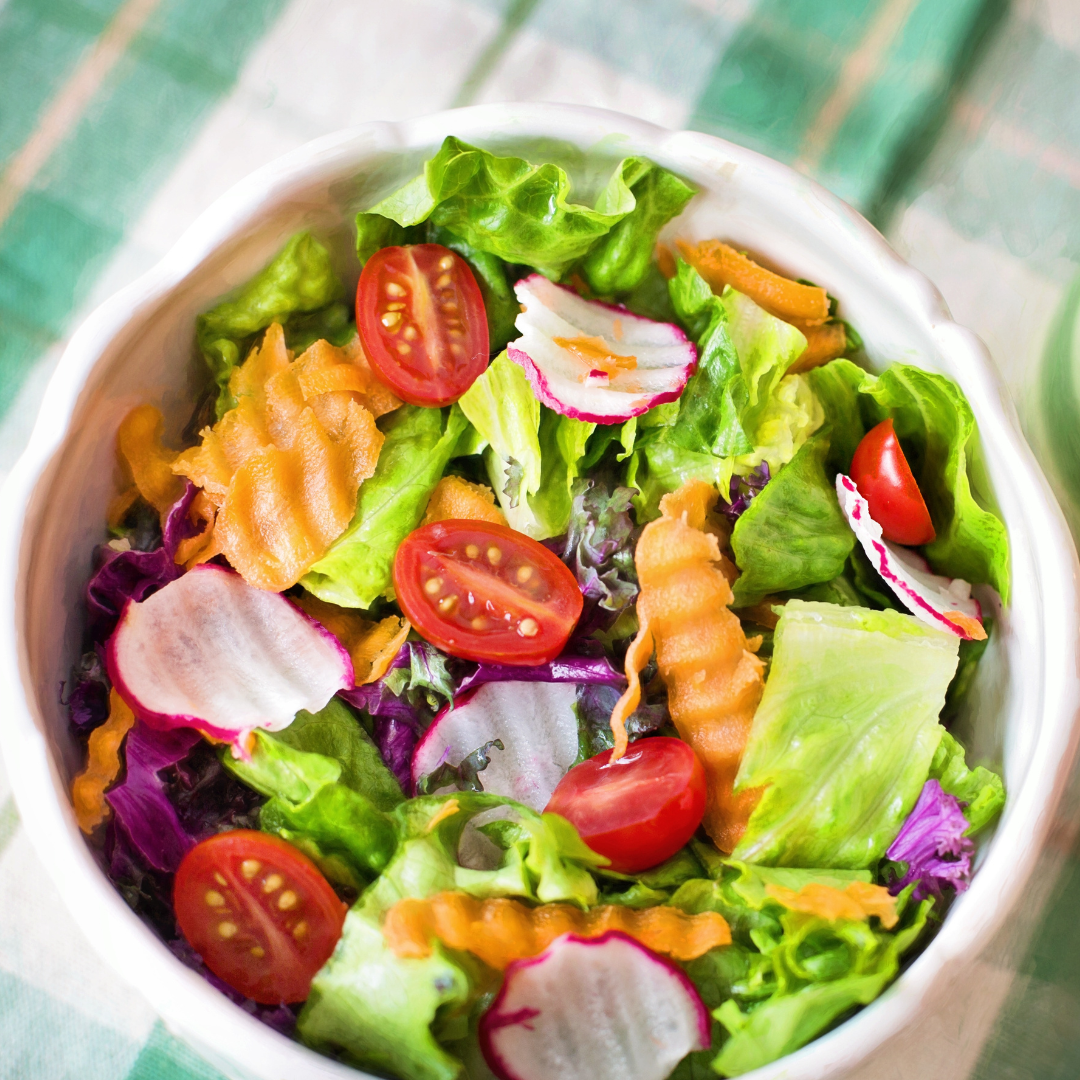When central vision loss develops as a result of age, most people think of macular degeneration. However, peripheral vision loss—which comes with wet macular degeneration—can happen to anyone. Wet AMD occurs when abnormal blood vessels grow in and behind the retina, causing fluid to collect. As the retina deteriorates, vision loss occurs, making it important to treat the condition as early as possible. Dietary changes may play a role in slowing or preventing vision loss, and certain nutrients, such as lutein and zeaxanthin have been shown to benefit vision.
What Is Wet AMD?
Wet age-related macular degeneration (AMD) is a type of disease that gets worse over time, and it’s the leading cause of vision loss in people over the age of 60. The main symptoms of wet AMD are blurry or distorted vision and a dark spot in the center of your vision. Currently, there is no cure for wet AMD, but there are treatments that can stop further vision loss and slow the progression.
Many readers rightly focus on diet to support retinal health, but it’s also useful to distinguish nutritional approaches from clinical options for correcting refractive errors. If blurring stems from nearsightedness, farsightedness or astigmatism rather than macular degeneration, some patients consider surgical correction.
To understand which procedures suit different vision needs, clinics often explain the different kinds of laser surgery and how they compare in method and recovery. Discussing these options with an eye specialist helps ensure any decision complements, rather than conflicts with, treatments for retinal conditions.
In addition to choosing appropriate clinical procedures, it can also be important to consider population level prevention and surveillance that can inform those decisions. The cdc vision Health Initiative can provide important data and coordinated efforts to track the prevalence of vision impairment and support public health interventions. This focus can provide more information on how vision loss impacts public health and helps national and local partners develop targeted strategies to address eye disease, reduce disparities in care, and slow the progression of conditions like Wet AMD as the population ages.
Here Are Eight Key Foods to Include in Your Diet
Soy
Eating healthy whole foods such as soy can help slow the progression of AMD. Soy provides eye-friendly nutrients, such as isoflavones, phytoestrogens, and vitamins, to support the health of your eyes. Foods high in soy include edamame beans and meat alternatives.
Fish
Eat fish twice a week to get omega-3 fatty acid DHA, which helps prevent the abnormal deposits that cause vision loss in AMD. Good sources of omega-3 include salmon, tuna, and mackerel.
Eggs
Eggs are considered one of the key foods included in your diet to manage your wet AMD. The proteins in eggs help build and repair the lining of your blood vessels. Eating eggs can also reduce eye inflammation.
Coffee
Whilst an iced-caramel frappe isn’t going to do much to help your eyesight, an ongoing Portuguese study found that caffeinated beverages popular in Portugal might protect the eyes. Macular degeneration was less common among those who consumed the equivalent of one espresso shot daily, prompting the authors of the study to suspect the antioxidants in caffeine may help combat the condition.
Leafy Greens
Green leafy vegetables (or green leafy salads) are an important part of an effective AMD diet. They are rich sources of nutrients (such as vitamins A, C, and K, folate, lutein, and zeaxanthin), as well as dietary fiber that helps protect the lining of the gastrointestinal tract. These nutrients may reduce the risk of AMD, in addition to other benefits (for example, green leafy vegetables also play a role in maintaining healthy bones).
Nuts
The importance of eating nuts can’t be overstated. Not only do they taste great, but they also pack a nutritional punch. In fact, nuts are one of the most nutritious and beneficial foods on the planet. They are low-calorie and contain healthy monounsaturated fats, fiber, vitamins, minerals, and antioxidants. Plus, they are an excellent source of plant-based protein, which is your body’s building blocks, and of omega-3 fatty acids, which improve cardiovascular function.
Pumpkin Seeds
Those who eat the most pumpkin seeds (that’s about 89 grams or about 1.5 ounces) are 57% less likely to have wet AMD compared to those who had 1 to 4 grams (slightly over an ounce) of pumpkin seeds a week. While more research is needed, the study supports the idea pumpkin seeds play an important role in overall eye health.
Olive Oil
The good news is there are things you can do to help protect your eyes. And one of the essential things you can do is include an olive oil regimen in your daily diet, and the benefits that it has for your eyes are no secret. The polyphenols in olive oil can slow down the effects of aging on your eyes and the high level of antioxidants in the oil make it a great choice, as long as you choose extra virgin.
Eating foods and supplements to help maintain healthy skin, eyes, and tissues that support the eyes is recommended.

